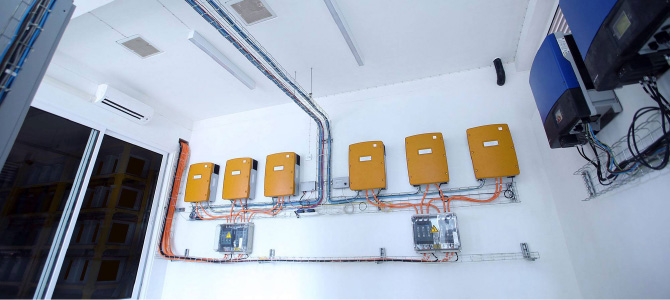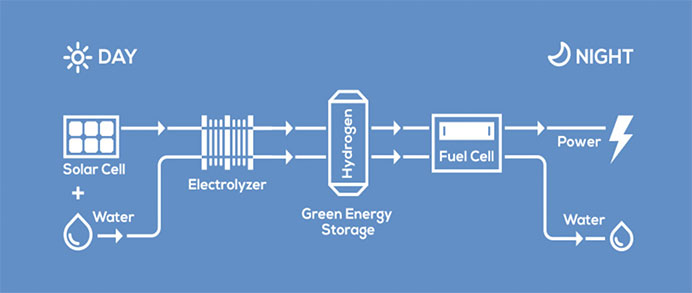Technology
A World’s First in Solar-Hydrogen Residential Development.
The Phi Suea House is a 100% self-sustaining 24-hour solar powered multi-house residence.
The first of its kind, the Phi Suea House is the materialization of a dream to achieve cleaner and more sustainable energy systems. The most up-to-date sustainable technologies from around the world effectively power this residential development.
Thailand’s first off-the-grid hydrogen house
www.sasin.edu
Febuary 4, 2016

Our energy system is designed to store solar power in the most effective and ecological way. The hybrid hydrogen-battery system maximizes the advantages of both the hydrogen storage system and the batteries.
In simple terms, the energy of the sun is transformed via solar panels into electricity. Any excess power will be converted and stored as hydrogen. When the sun is not shining, the stored hydrogen gas in tanks generate electricity by using fuel cells.











